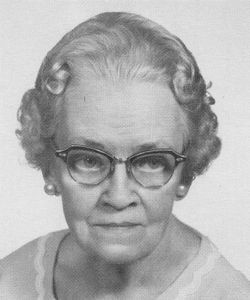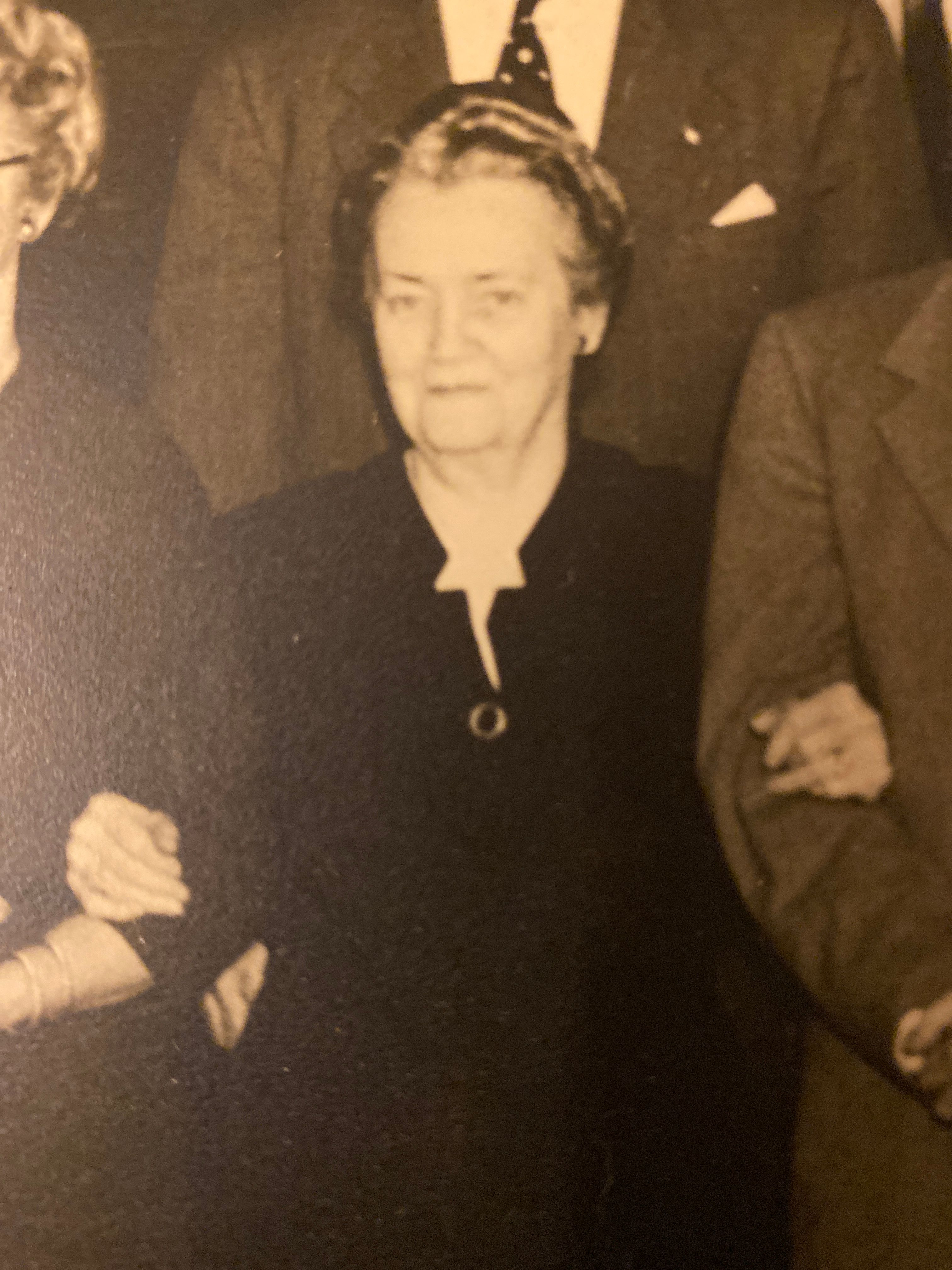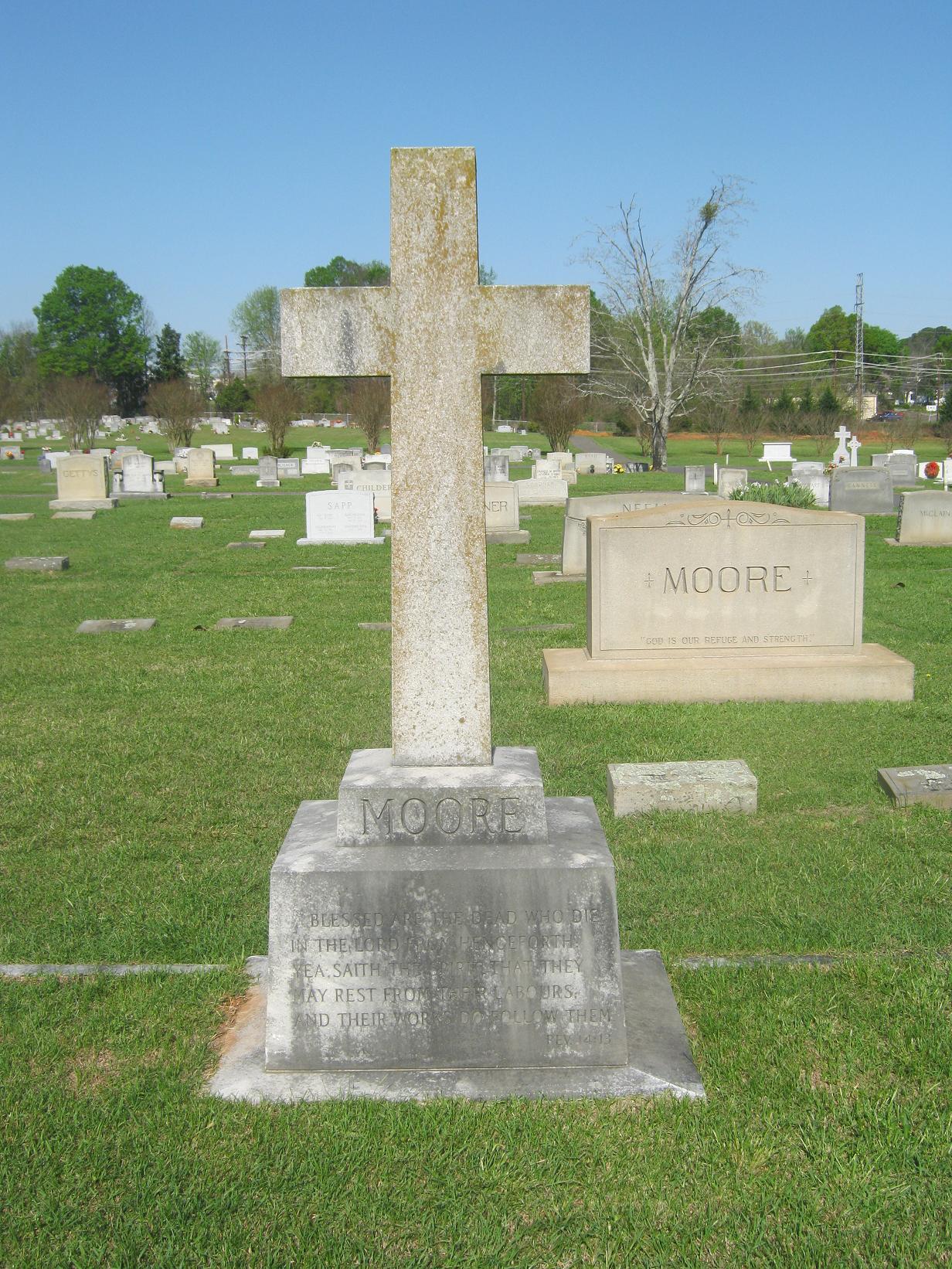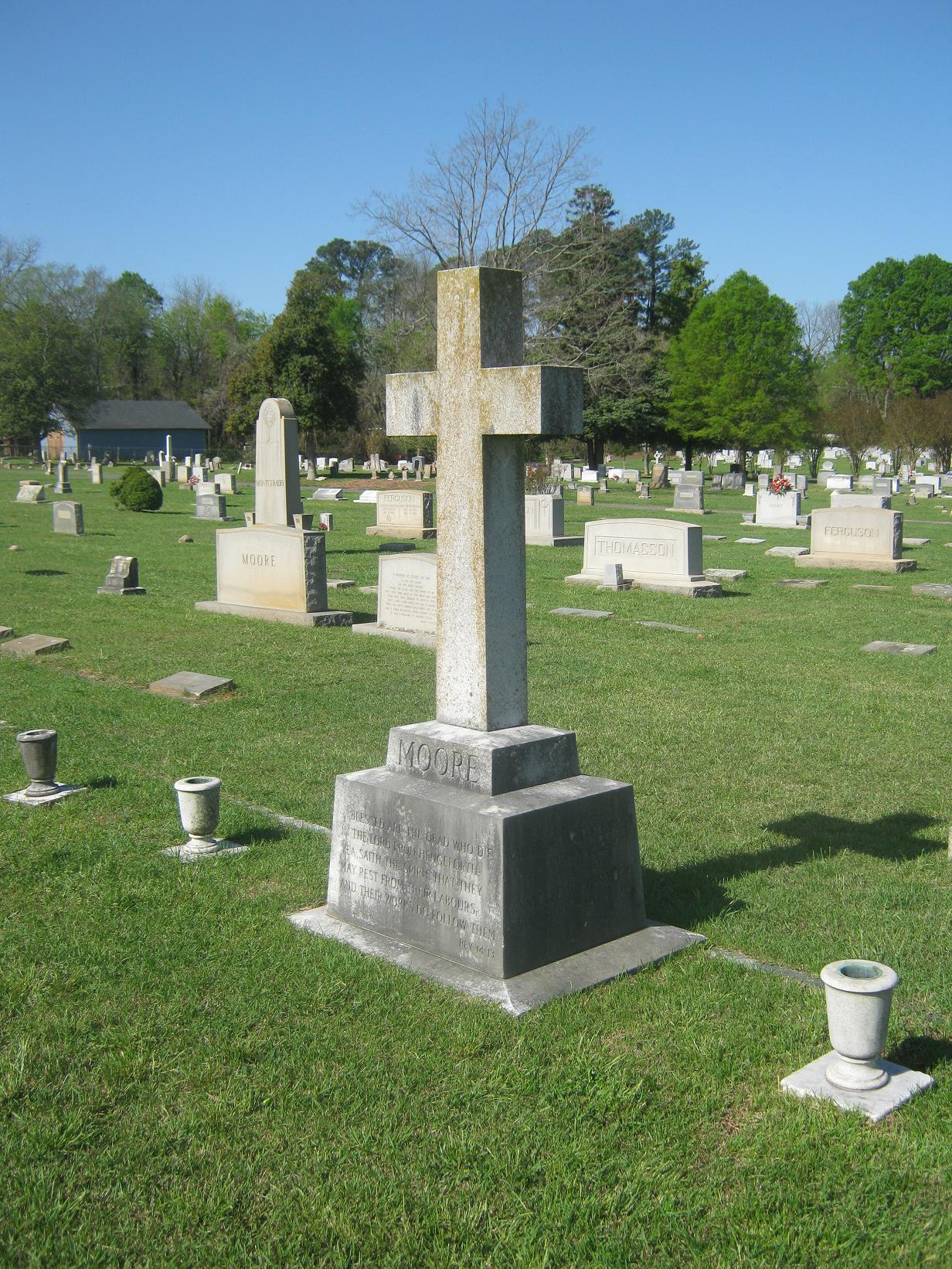In 1960 Moore founded and became director of what would later be called the Historical Columbia Foundation. As director she was responsible for preserving historical homes such as the Boylston home, the Horry-Guignard House, “Lace House” (Caldwell Mansion), and the boyhood home of Woodrow Wilson. She was also instrumental in obtaining funds from the state for the acquisition and restoration of Rose Hill in Union County, South Carolina, home of William Henry Gist, the state’s Secessionist governor, which became a state historical park. She helped prevent the encroachment of the grounds of the State Capitol and the conversion of the state Historical library (circa 1850s) into a cafeteria.
In 1960 Moore became founder and member of the executive board of the Confederation of South Carolina Local Histories Societies. It consisted of over thirty societies and a membership exceeding 7,000. From 1960 to 1966 she was also advisor to the South Carolina Confederate War Centennial Commission and in 1964 was a board member of the Palmetto Outdoor Historical Drama Association, which produced plays on the Revolutionary era. In 1968 she received a citation from the National Trust for Historic Preservation. Elizabeth Moore died in Columbia on November 17, 1976.
Moore, Elizabeth Finley (1894–1976) - Local History - Carolina, Historical, South, and Columbia - JRank Articles
In 1960 Moore founded and became director of what would later be called the Historical Columbia Foundation. As director she was responsible for preserving historical homes such as the Boylston home, the Horry-Guignard House, “Lace House” (Caldwell Mansion), and the boyhood home of Woodrow Wilson. She was also instrumental in obtaining funds from the state for the acquisition and restoration of Rose Hill in Union County, South Carolina, home of William Henry Gist, the state’s Secessionist governor, which became a state historical park. She helped prevent the encroachment of the grounds of the State Capitol and the conversion of the state Historical library (circa 1850s) into a cafeteria.
In 1960 Moore became founder and member of the executive board of the Confederation of South Carolina Local Histories Societies. It consisted of over thirty societies and a membership exceeding 7,000. From 1960 to 1966 she was also advisor to the South Carolina Confederate War Centennial Commission and in 1964 was a board member of the Palmetto Outdoor Historical Drama Association, which produced plays on the Revolutionary era. In 1968 she received a citation from the National Trust for Historic Preservation. Elizabeth Moore died in Columbia on November 17, 1976.
Moore, Elizabeth Finley (1894–1976) - Local History - Carolina, Historical, South, and Columbia - JRank Articles
Family Members
Sponsored by Ancestry
Advertisement
Records on Ancestry
Advertisement




















